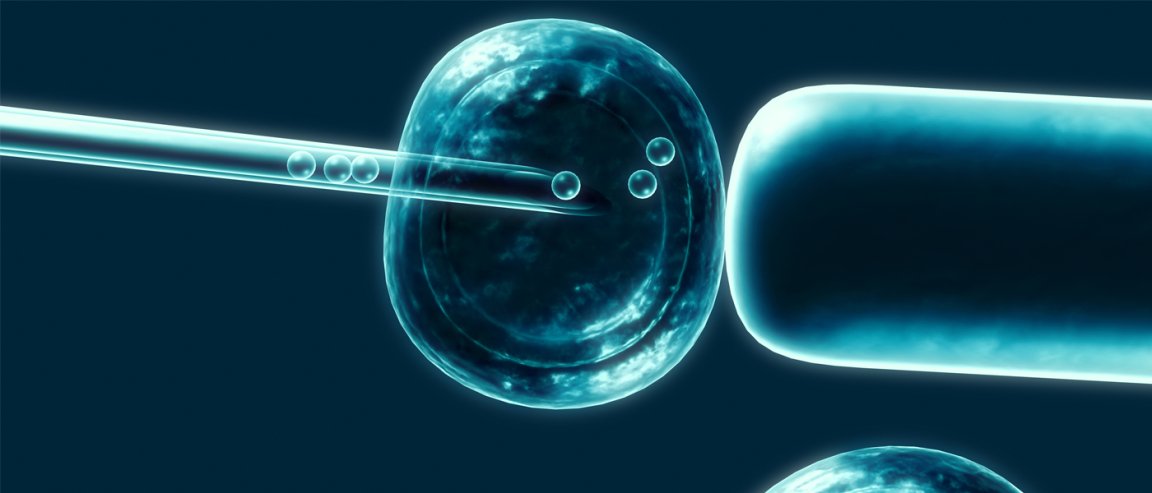
Renewed Hope
One company, Asterias Biotherapeutics, has revived one of the first research studies born from the origins of stem cell therapy in the late 1990s. And according to reports, it is showing a lot of promise.
In the study, patients are injected in the spine with either 5 or 10 million stem cells. Each volunteer has “essentially lost all movement below their injury site and experiences severe paralysis of the upper and lower limbs.”
In data presented at the 55th Annual Scientific Meeting of the International Spinal Cord Society (ISCoS) in Vienna, Austria, Chief Medical Officer of Asterias, Dr. Edward Wirth, presented some promising results. Each patient treated showed improvement in the upper extremities. And notably, the patients who received the 10 million cell treatment seemed to have shown greater improvement than the lower dose patients.
“The results to date in the 10 million cell cohort, while still early, demonstrate meaningful improvement in motor function, particularly in the use of a patient’s hands, fingers and arms, which is critically important for a patient’s quality of life and ability to function independently,” said Steve Cartt, Chief Executive Officer of Asterias.

“A Fighting Chance”
One of the volunteers, Kristopher Boesen was in a car accident at the age of 21, where he sustained his paralyzing injury. According to USC News, “Two weeks after surgery, Boesen began to show signs of improvement. Three months later, he’s able to feed himself, use his cellphone, write his name, operate a motorized wheelchair and hug his friends and family.”
It would seem as if the trials are indeed helping to restore functions that may very well have been thought to be lost forever.
However, there are some concerns with the clinical trials. Dr. Keith Tansey, a neurologist at the Methodist Rehabilitation Center in Jackson, Mississippi likened the trials to “a Hail Mary—just throw it in there and hope it works.” Tansey also notes that there was no control group, so the results cannot definitively be attributed to the treatment. To that end, more research is necessary in order to reach solid conclusions.
Still, the results obtained from this trial will bolster the company’s efforts to conduct more research and more stringent trials. And with these results, greater hope for the future of stem cell therapy is not unfounded. As Boesen said, “All I’ve wanted from the beginning was a fighting chance…if there’s a chance for me to walk again, then heck yeah! I want to do anything possible to do that.”